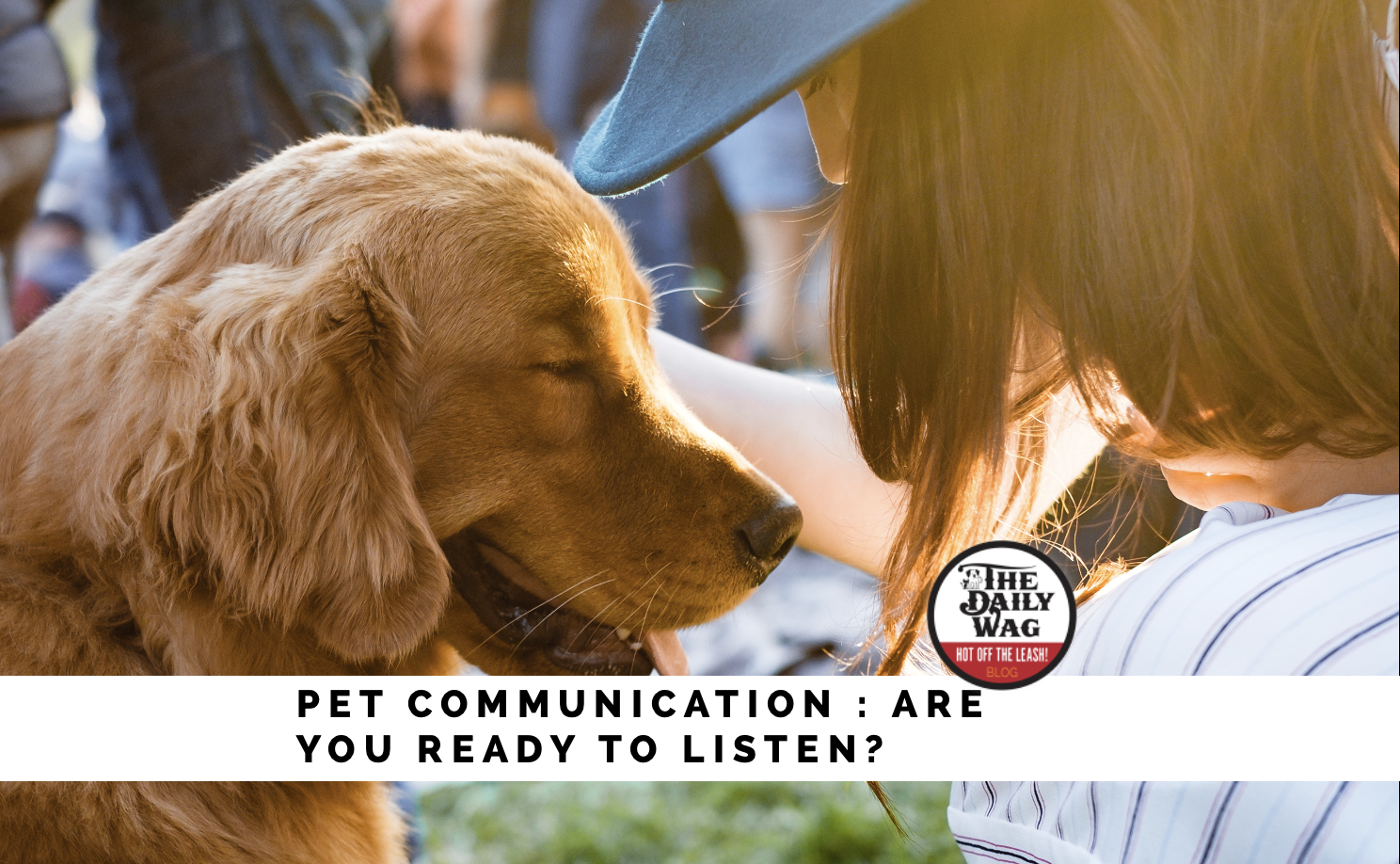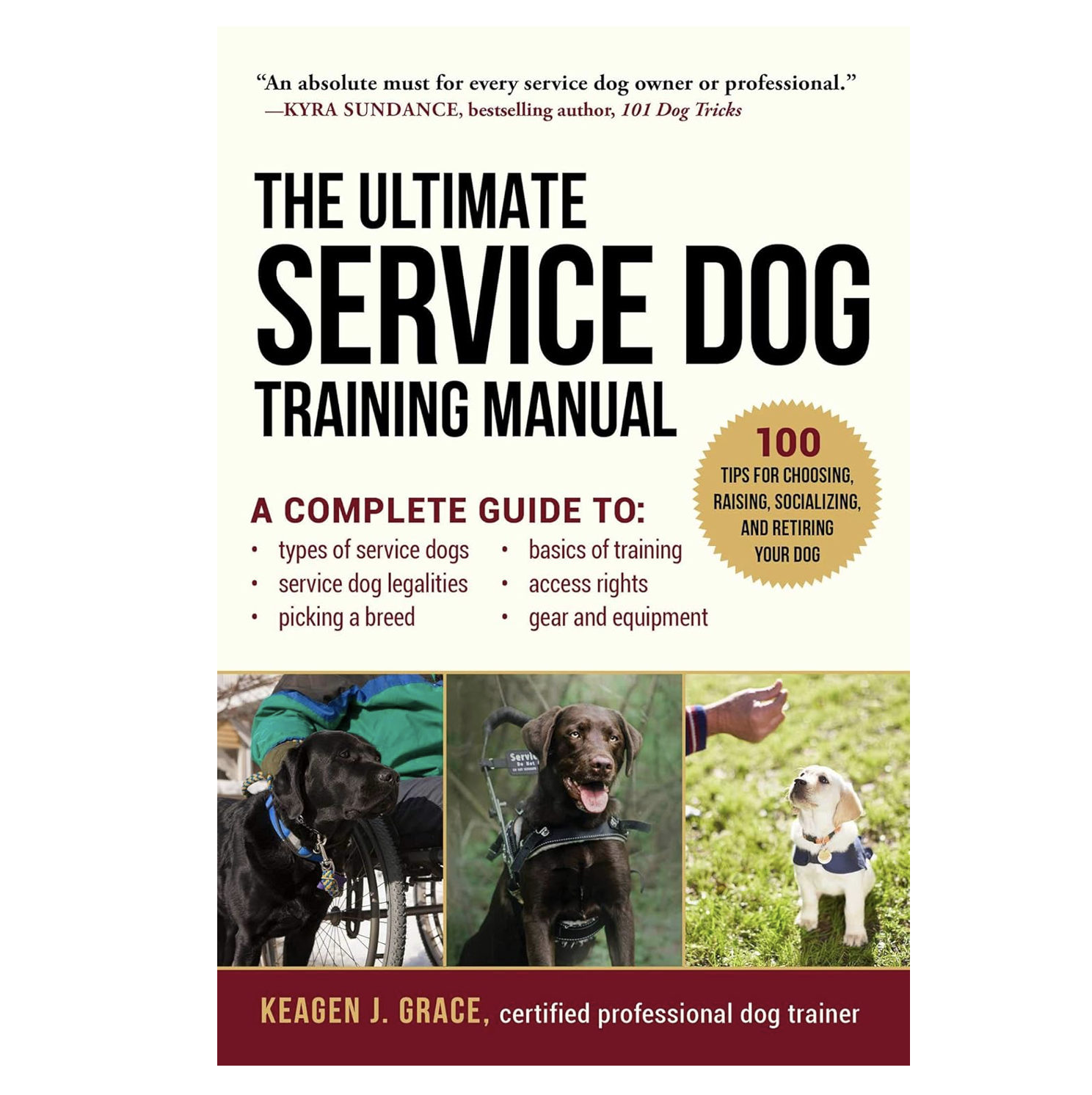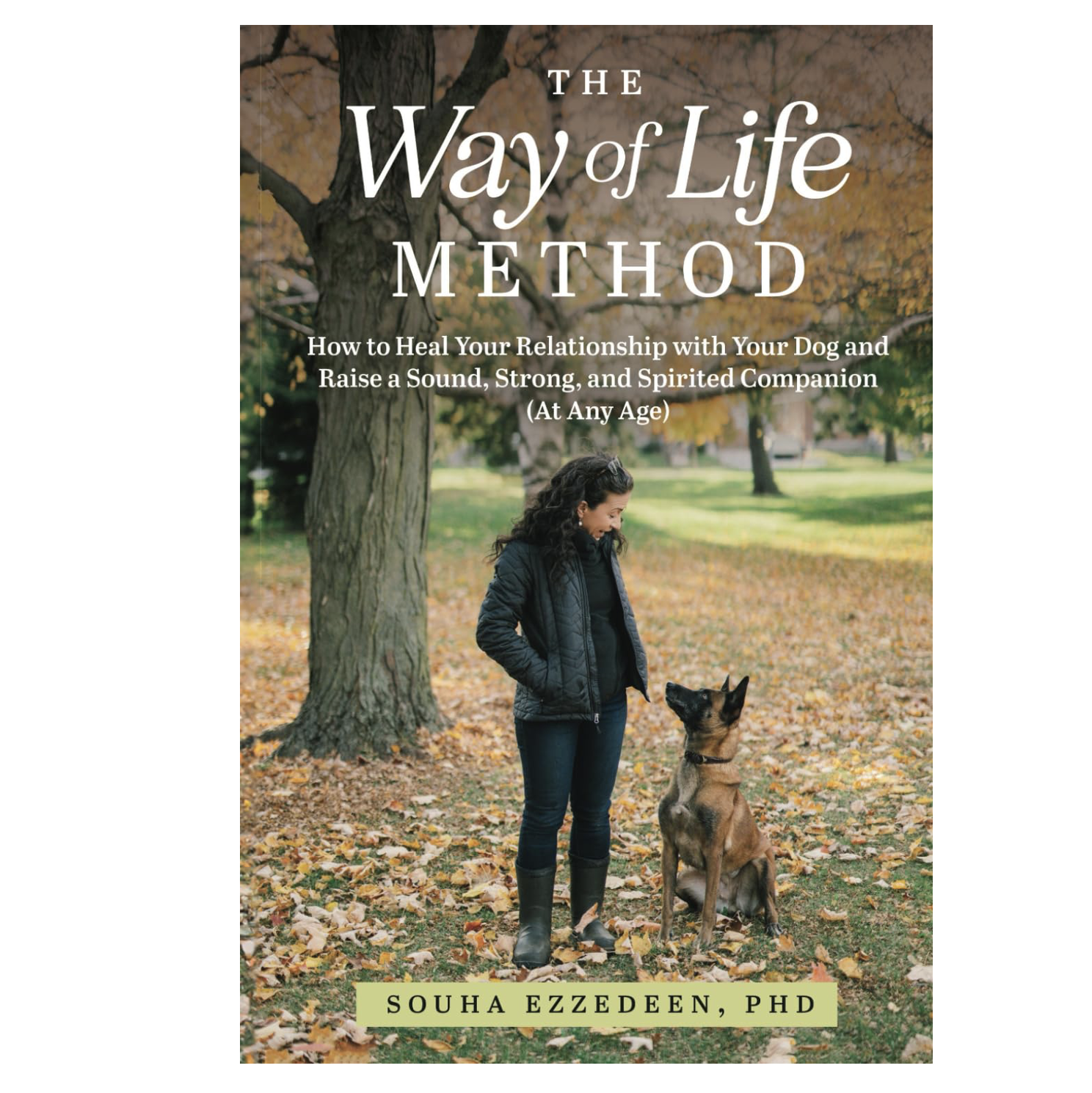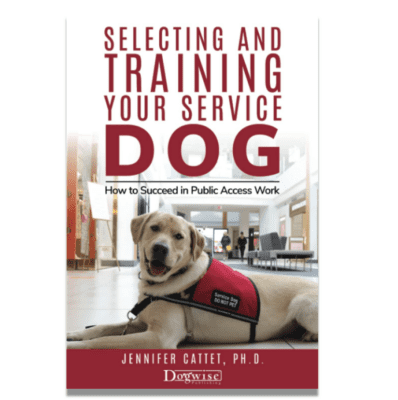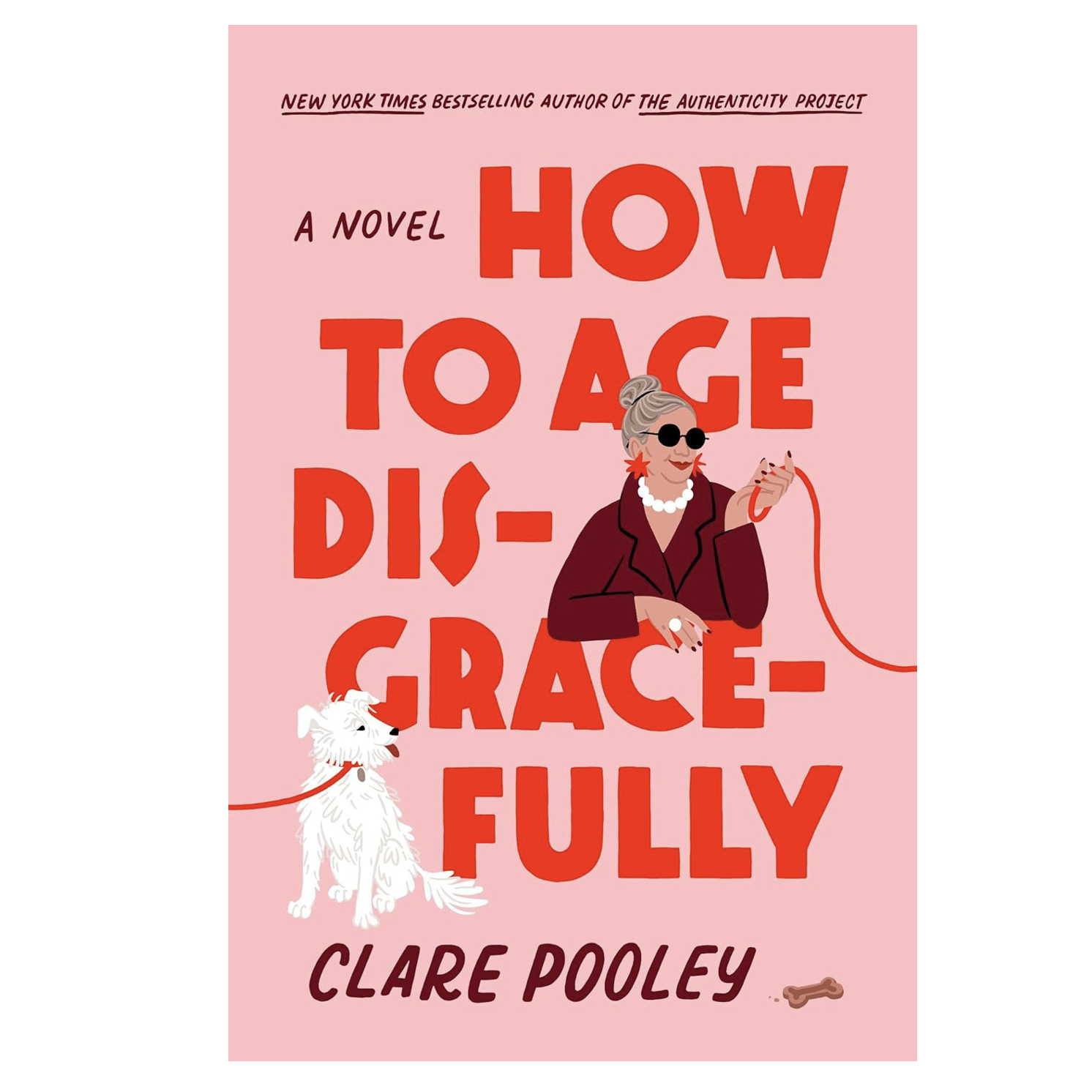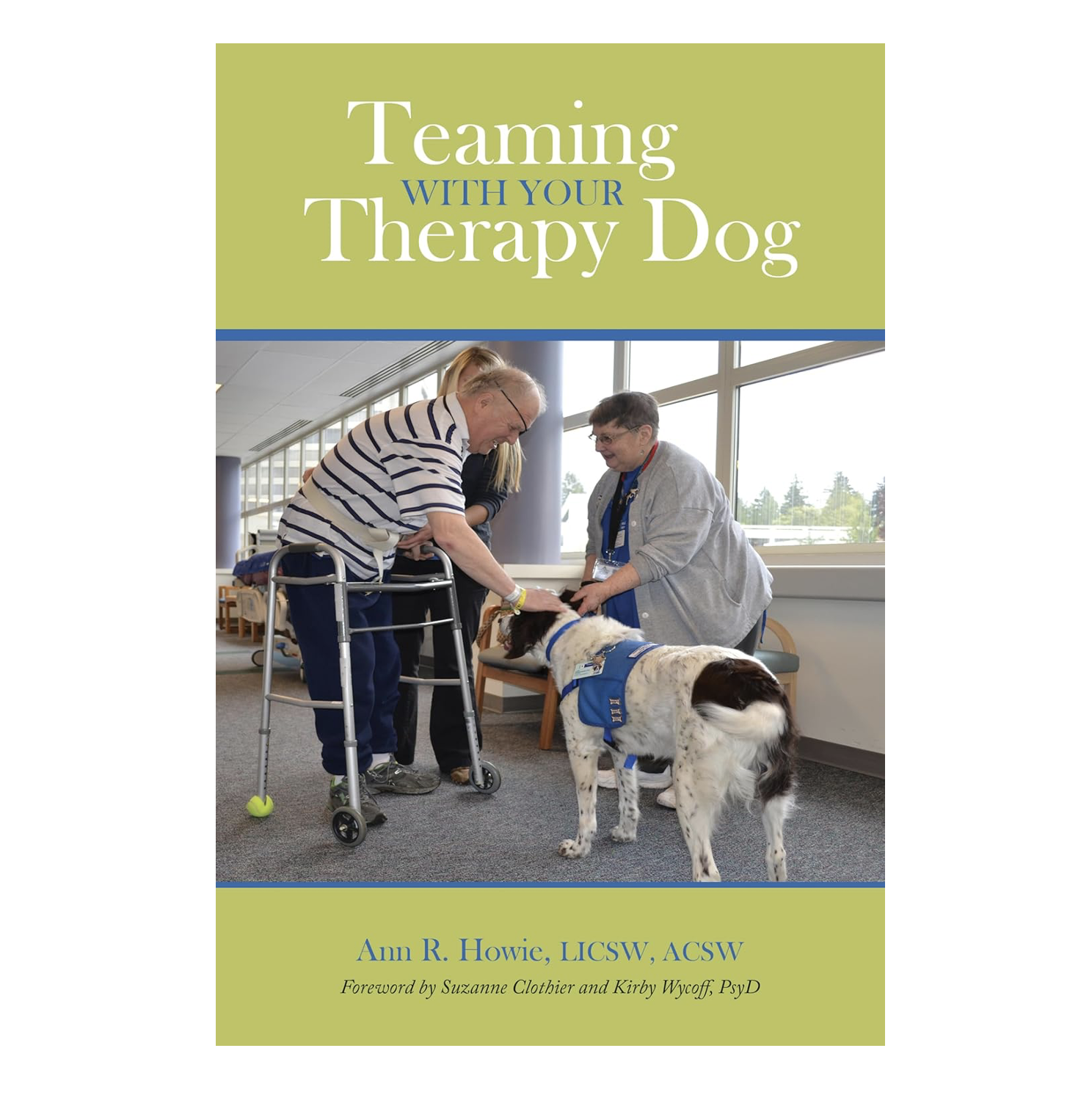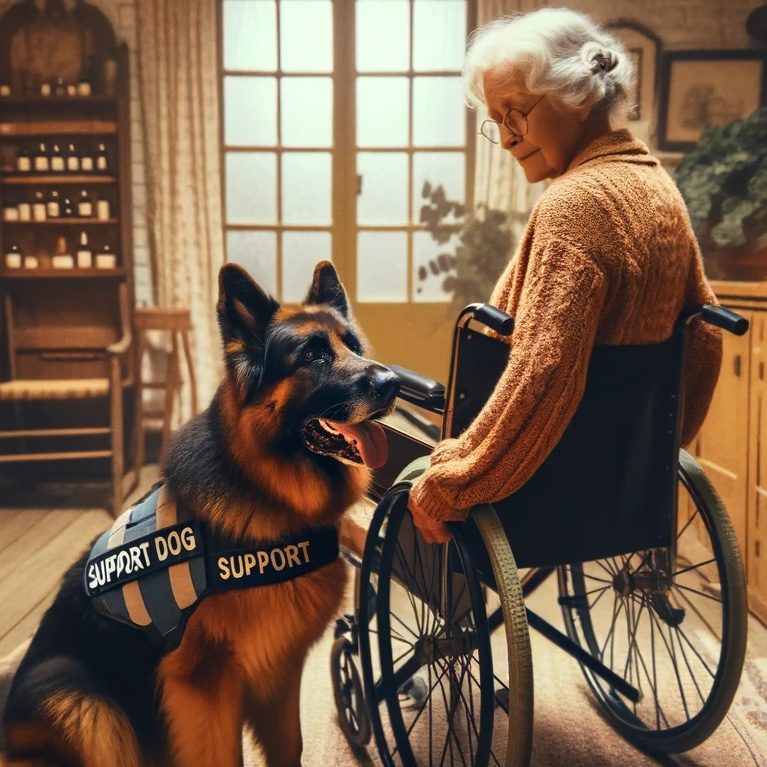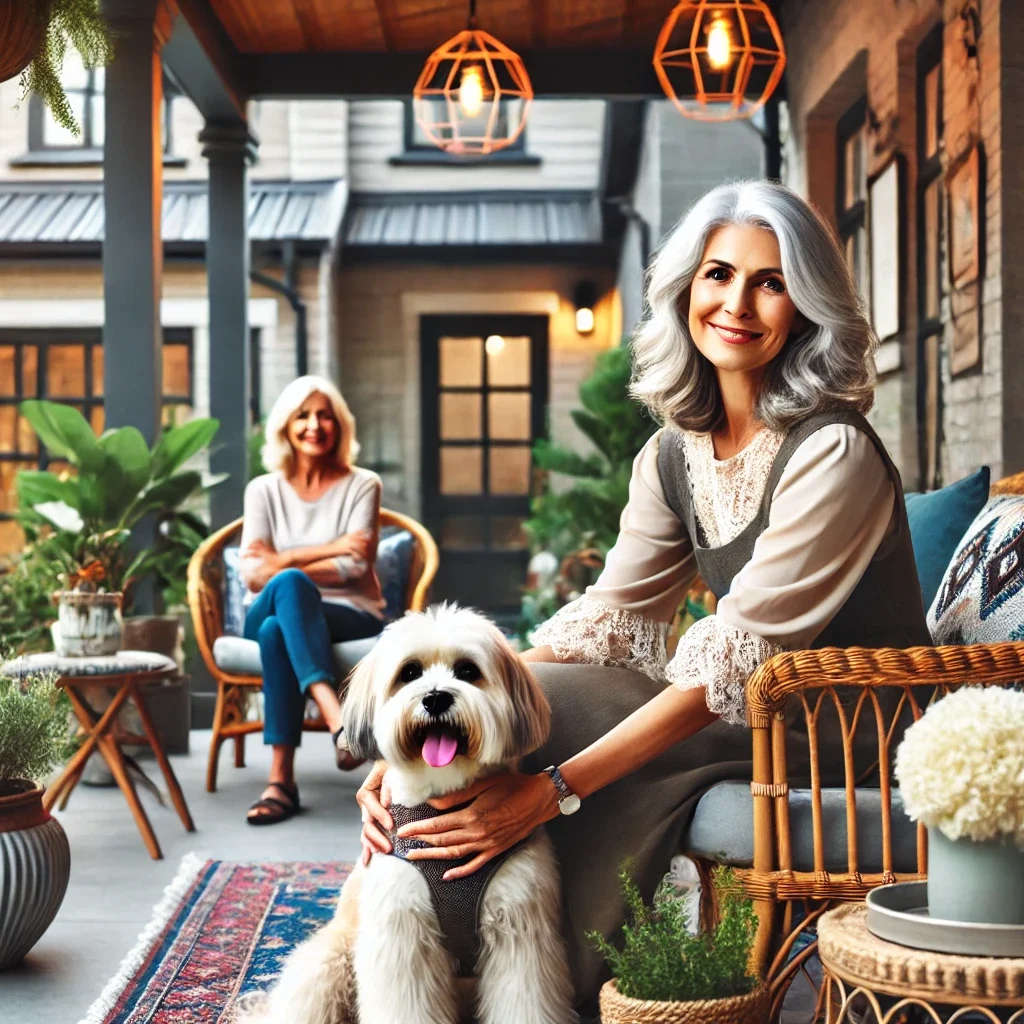Pet Adoptions Are Soaring: Aging Adults Are Finding Pet Love
Pet Adoptions Are Soaring: Aging Adults Are Finding Pet Love
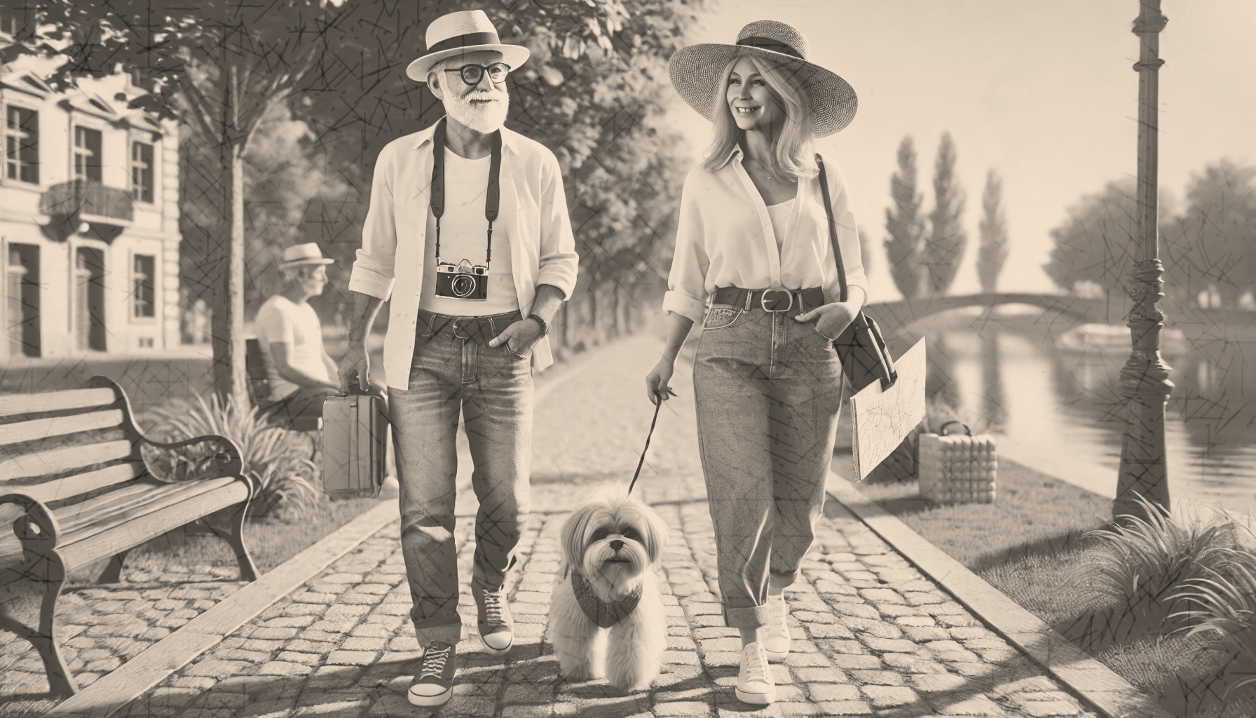
Live Your Best Life With A Pet By Your Side!
Written by: Cuddles, The Hedgehog
Let’s explore why aging adults (55+) experience greater happiness after adopting a pet. Studies have shown that the benefits are endless, and the smiles say it all. Companionship helps both humans and animals thrive, yet many seniors face isolation after losing a spouse, relocating, or experiencing reduced mobility. Laughter, joy, and touch are essential to everyday life, and they flourish through meaningful interactions—whether with people or pets. While loss and changes in location or mobility can contribute to loneliness, adopting a pet can fill the void and bring joy back into daily life.
Discover how seniors adopting pets can lead to a more fulfilling, enriched life. In fact, senior citizens adopting animals can be truly life-changing!
Know The Facts: 6 Million Dogs and Cats Enter Shelters Every Year
According to the ASPCA, over 6 million dogs and cats enter shelters every year. While that number is declining, too many furry friends still need forever homes. Of those 6 million animals, nearly 1 million never find homes. They miss the chance to live their best lives and often face euthanasia. Even typing that word makes our stomachs turn. But those before us spoke up, creating change, and we hope to do the same.
Many of these pet hobbies are better suited for pets and their humans who have done the work and training to know how the other jives. I love the quote by Cesar Millan: “People say I train dogs, but in many ways I train people.” When humans know how to act, react and lead their dogs, the activities they do together will be more enjoyable. If you are one of the few who do not know Cesar Millan, The Dog Whisperer, check out our feature in our community this month
Explore The Trends: Older Adults Are Adopting Pets
As the saying goes, “age is just a number,” and the number of pets finding homes with those 55 and over is growing by leaps and bounds. Pets not only make terrific companions for those who live alone or older couples on the go, but they also provide love, encourage physical activity, and improve mental well-being. It’s no wonder that older adults are making the choice to invite a furry friend into their home.
Some may call it senior citizens adopting animals, we call it young at heart!
To learn more, here is a great study conducted by the University of Michigan and sponsored by AARP, How Pets Contribute to Aging. The study points out that pets lend a hand in taking our minds off pain, reduce stress, and provide a sense of purpose. Often just getting out of bed can be a hurdle for those of us who are retired and have no reason to rise and shine, and a pet is a terrific alarm clock. While studies are ongoing, the bottom line is that aging adults are adopting pets and improving their lives.
Pets are also helpful to aging adults, especially pets that are trained as guide dogs, companion dogs, and service dogs. There are non-profits who will train dogs to service elderly owners such as Doggie Does Good. There are also some great pet books to review if you plan to do the training yourself.
Understand The Science: Behind Pet Ownership and Aging Adults
There are so many benefits of pet adoption for aging adults, infarct in a recent AARP article, Pet Ownership May Delay Cognitive Decline in Older Adults, the science behind the benefits of pet ownership in older adults was highlighted. Studies show that pets help to de-stress and aid in following a healthier lifestyle. The article quotes caregiver Lori Maran, 60, as saying, “I definitely think having a pet makes a difference; anything that helps stimulate the brain is good — plus all the love you’re giving to that animal.”
Knowing The Details: Choosing the Right Pet for Older Adults
If you are considering bringing a furry friend home, choose the right pet for your lifestyle. Start by evaluating where you live or plan to live soon. Most 55+ communities welcome pets of all shapes and sizes. You’ll often see streets bustling with pets and people enjoying walks. Apartments and assisted living facilities, however, may have size and weight limits for pets. Choosing a pet that fits your living environment is the first step toward a happy and harmonious bond.
Fitness and Size Considerations
Next, you will want to assess the fitness requirements. Many breeds don’t just like long walks but require the exercise and do not thrive without it. If you are looking for a motivator to take daily walks, consider a breed that looks forward to a nice stroll around the block or sprints to the door for a brisker jaunt.
Size should be considered next. Most puppies are cute and cuddly, but some grow over 100 pounds, while others stay small. Larger dogs can be a blessing but may be difficult to control when needed. Teacup pups are adorable but can become a fall hazard if they get underfoot. If you’re considering a kitty, most are similar in size, but some breeds grow quite large.
Making A Difference: Volunteering at Pet Shelters
When pet companionship for seniors is not possible due to housing restrictions, volunteering at a local shelter is a great alternative. Shelter pets come from all backgrounds and long for even a little attention from caring individuals. Your time creates special moments for both you and your new furry friends at the shelter. Volunteering also helps prepare these pets for their forever homes by building their confidence. The happier and more social they become, the more likely they are to get adopted.
Shelter volunteering can be as simple as stopping to say hi to all the four-legged guests or a much bigger investment with dog walks, assistance with grooming, or helping at dinner time. While most shelters have a few paid team members, most would not run as well as they do without the help of the community and volunteers.
Whether you have a pet at home or not, volunteering is a great activity for those who are retired, have a little free time on their hands, or are looking for a weekend activity. You may also offer to help at the next ‘gotcha day’ event or adoption rally and share your relationships with potential new families to help them find the right pairing.
Getting Involved: Fostering Pets Is A Short-Term Commitment with Long-Term Rewards
Shelters across the country are at capacity, and many cities lack long-term shelter care for homeless pets. Volunteers are essential for fostering pets of all ages, sizes, and types. Traditional pet fostering includes caring for a litter of puppies or taking in a stray cat for a few weeks. Some fosterers also care for baby raccoons, squirrels, and rabbits in need of temporary homes. Exotic animal care or wildlife rehabilitation requires training but offers a rewarding way to give back. Many animals are abandoned, left behind, or simply end up in the wrong place at the wrong time.
Pets For Seniors Makes Life Even Better!
Most fostering opportunities are short-term, perfect for older adults who travel, live in multiple locations, or prefer part-time pet care. You can help your foster animals find homes by taking great photos, posting online, and joining community adoption events.
Many aging pets are surrendered because owners can’t care for them or prefer a younger pet. Older pets deserve love and make wonderful fosters or adoptees. Senior pet adoption gives them a second chance, literally saving and extending their lives.
Age shouldn’t be a barrier to your love for animals. Instead, let it open doors to meaningful and rewarding opportunities. Whether you adopt, foster, or volunteer, you’re not just giving love—you’re making a positive impact. Your kindness benefits pets in need while strengthening connections within your community. The best part? You’ll meet fellow animal lovers, pet advocates, and rescue enthusiasts, expanding your social circle. Embrace the journey with an open heart, and let pet companionship for seniors bring joy and fulfillment to your life.

Cuddles is a perceptive hedgehog writer who explores work-life balance, pet-owner relationships, and pet care, blending keen insights with warmth to enhance life, one pet at a time.


Education Through Books: Emotional Support and Service Dog Training
While adding a sweet lap dog or kitty that likes to curl up next to you is always a good idea, training your new pup or dog to help around the house is always an option. Pets in general sense when something is wrong, but many dog breeds have a keen sense that alerts then and other breeds can be trained to look for specific markers. Along with offering early detection and monitoring service dogs can provide help to seniors from guidance when walking, others can be trained to remind about eating or medicines, and some dogs are able to retrieve items that fall or cannot be reached. Service animals can also be trained to simply provide comfort and touch which can be one of the most healing aspects of having a pet. Consider training the pet yourself for a parent or elderly friend or work with a current non-profit skilled in the area of service pet training.
Service dogs are also making their way into dementia patients homes on a permanent basis or visits to assisted living brining with them a calming presence and igniting memories of life with pets from the past that brings joy and engagement.

Pet Therapy: Healing Through Care and Touch
In a world that sometimes grows quieter with age, the warmth of a pup’s wagging tail or gentle nuzzle can light up a room like nothing else. Fostering puppies is more than a gift to them; it’s an opportunity to share moments of connection and joy with people who deeply appreciate it. So, if you’re thinking about fostering, consider visiting a local assisted living or nursing home. It’s a simple outing that offers immense rewards—a chance to spread a bit of love, bring smiles to faces, and help puppies grow comfortable around new friends. After all, there’s no age limit on kindness, and love is always welcome.

CHOOSE WHERE YOU WANT TO GO NEXT!
OR GET TO KNOW US BETTER










